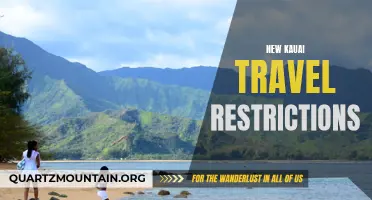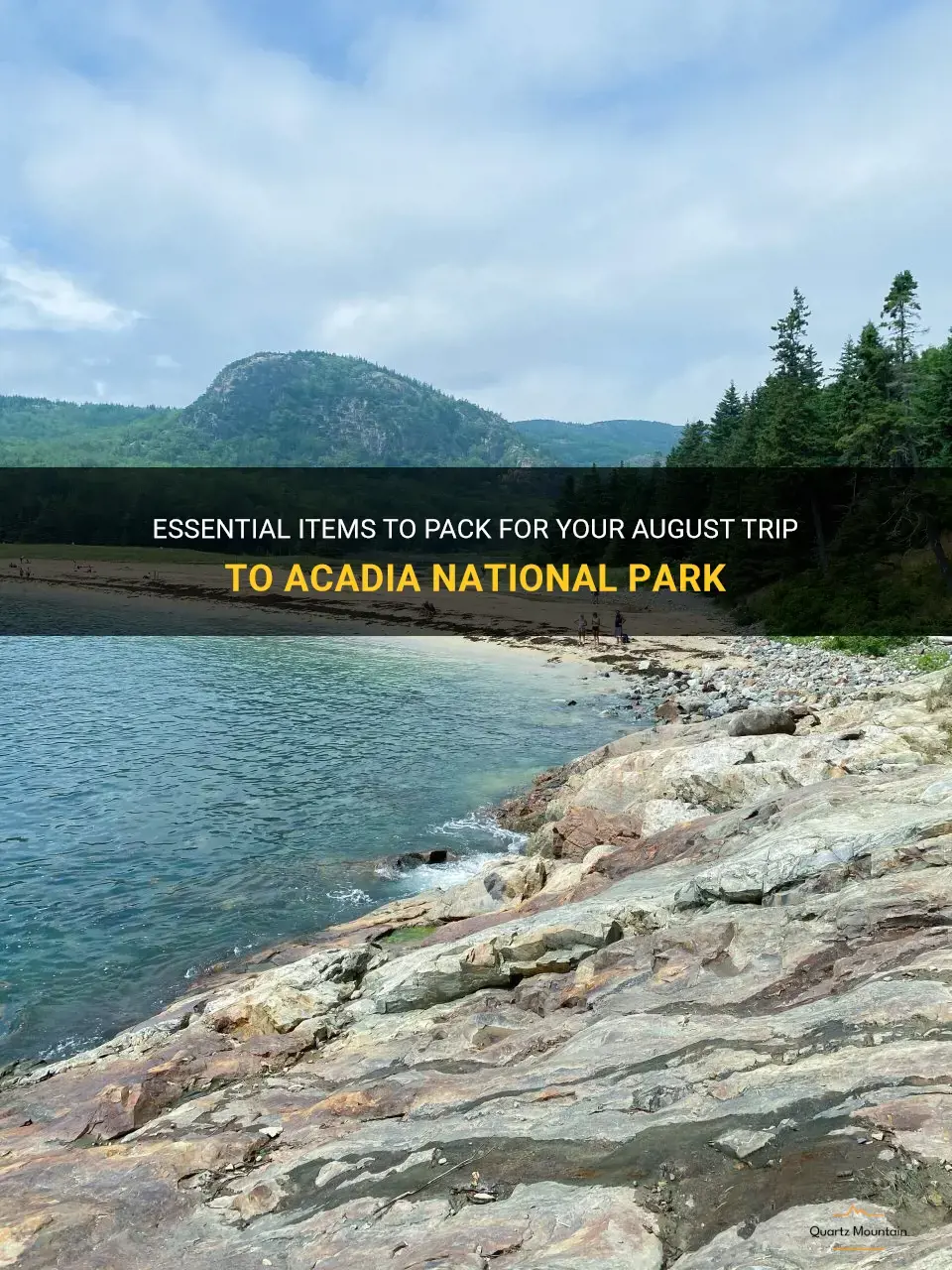
Are you planning a trip to Acadia National Park in August? As one of the most picturesque and scenic national parks in the United States, Acadia offers a wide range of outdoor activities and stunning landscapes. To ensure a successful and enjoyable trip, it is essential to pack the right items. In this article, we will explore the essential items you should bring with you in August to make the most out of your visit to Acadia National Park.
| Characteristics | Values |
|---|---|
| Average Temperature | 62-76°F (17-24°C) |
| Rainfall | 3.4 inches (86.4mm) |
| Humidity | 77% |
| Daylight Hours | 14 hours |
| Clothing | Light layers and rain gear |
| Footwear | Hiking shoes and sandals |
| Outdoor Gear | Daypack, hiking poles, binoculars |
| Insect Repellent | Mosquito repellent |
| Sun Protection | Sunscreen, hat, sunglasses |
| Water Activities | Swimsuit, water shoes |
| Camping Gear | Tent, sleeping bag, camping stove |
What You'll Learn
- What are the essential clothing items to pack for a trip to Acadia in August?
- Is it necessary to bring hiking boots or will sturdy sneakers suffice for exploring the park?
- Are there any specific outdoor gear or equipment recommendations for activities in Acadia National Park?
- What type of insect repellent is recommended for dealing with bugs and mosquitos in Acadia during August?
- Are there any specific items or supplies that are recommended for camping in Acadia in August?

What are the essential clothing items to pack for a trip to Acadia in August?

When planning a trip to Acadia National Park in August, it's essential to pack the right clothing items to ensure comfort and enjoyment during your stay. Acadia is located in Maine, which experiences mild to warm temperatures in August. Here are some essential clothing items to consider packing for your trip:
- Lightweight and breathable clothing: Since August in Acadia can be warm, it's important to pack lightweight and breathable clothing. Opt for t-shirts, tank tops, shorts, and skirts made from fabrics like cotton or linen, which allow for better airflow and help keep you cool throughout the day.
- Long-sleeve shirts and pants: Although the days can be warm, the temperature can drop significantly in the evening. Packing a few long-sleeve shirts and pants will help keep you warm during cooler nights or when hiking to higher elevations. Consider lightweight and moisture-wicking materials to ensure comfort.
- Rain jacket or poncho: August in Acadia sees some rainfall, so it's important to pack a waterproof or water-resistant jacket or poncho. This will protect you from unexpected rain showers and keep you dry while exploring the park's trails and viewpoints.
- Hiking shoes or sturdy sneakers: Acadia National Park offers a variety of hiking trails, ranging from easy walks to more strenuous hikes. Make sure to pack a comfortable pair of hiking shoes or sturdy sneakers to navigate the park's trails safely. Consider waterproof or water-resistant footwear if you plan on hiking near waterfalls or along the coastline.
- Sweater or light jacket: Even during the warmer months, it's a good idea to pack a sweater or light jacket. This will come in handy during early mornings or evenings when the temperature can be cooler. Layering is key when visiting Acadia, as it allows you to adjust your clothing according to the changing weather conditions.
- Hat and sunglasses: Protect yourself from the sun's rays by packing a wide-brimmed hat and sunglasses. These will not only provide shade and keep you cool but also protect your face and eyes from harmful UV rays. Opt for sunglasses with UV protection to ensure your eyes are adequately shielded.
- Swimsuit: Acadia National Park boasts several beautiful lakes and ponds where you can cool off during the summer months. Don't forget to pack a swimsuit so that you can take a refreshing dip in the park's crystal-clear waters.
- Extra socks and underwear: It's always a good idea to pack extra socks and underwear when traveling, especially if you plan on participating in outdoor activities like hiking. Keeping your feet and other areas dry can help prevent discomfort and blisters.
Remember to check the weather forecast before your trip to ensure you pack appropriate clothing. Acadia National Park offers a diverse range of landscapes and activities, so having the right clothing items will help you make the most of your experience. By packing lightweight and versatile clothing, you'll be ready to explore the park comfortably and enjoy everything it has to offer.
Essential Items to Pack for a Successful Cotopaxi Questival Experience
You may want to see also

Is it necessary to bring hiking boots or will sturdy sneakers suffice for exploring the park?
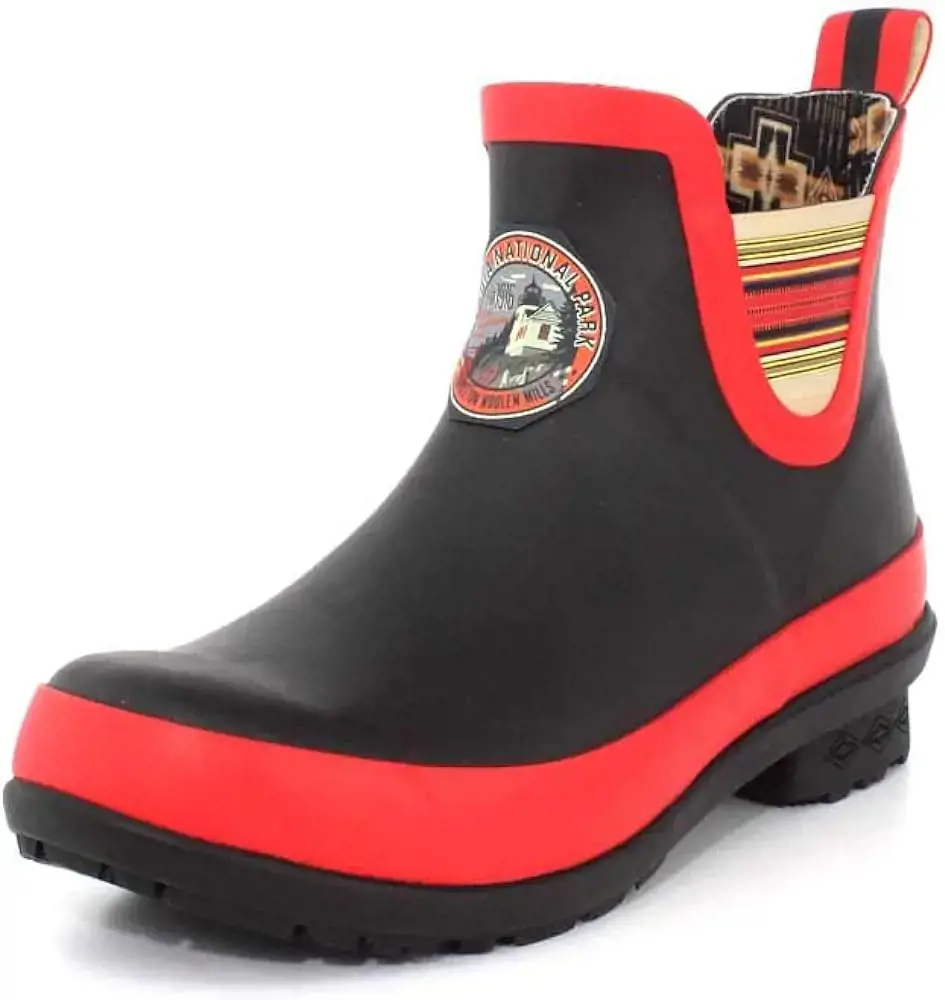
When planning a visit to a national park or any outdoor destination that involves hiking, one important decision to make is what type of footwear to bring. Hiking boots are often touted as the superior choice, but some wonder if sturdy sneakers would suffice. In order to determine the best option, let's take a closer look at the factors to consider.
Terrain and Trail Conditions:
The first factor to consider is the terrain and trail conditions of the park you plan to explore. If the trails are well-maintained and mostly flat, sturdy sneakers may be sufficient. However, if you anticipate encountering uneven terrain, rocky surfaces, or steep inclines, hiking boots will provide better stability and ankle support. This is especially important to prevent sprained ankles and injuries on more challenging hikes.
Protection and Durability:
Hiking boots offer superior protection compared to sneakers. They are made with high-quality materials that shield your feet from sharp rocks, branches, and other debris. Additionally, the sturdy construction of hiking boots means they are less likely to wear out or tear, making them a more durable choice for extended hikes or multi-day trips.
Comfort and Fit:
Comfort is crucial when it comes to footwear for hiking. Hiking boots are designed with cushioning and additional padding to provide extra support and reduce the impact on your feet and joints. They also have adjustable laces and ankle support, allowing for a customized fit. While some sneakers may offer comfort and fit, they may not have the same level of support as hiking boots, leading to discomfort or foot fatigue on longer hikes.
Waterproof and Breathability:
Depending on the climate and weather conditions of the park you plan to visit, waterproof footwear may be essential. Hiking boots often come with waterproof or water-resistant qualities, keeping your feet dry and protected in wet environments. Sneakers, on the other hand, are usually not designed for water resistance and can become soaked easily, leading to discomfort and blisters.
In conclusion, while sturdy sneakers may suffice for exploring parks with well-maintained trails and easier terrain, investing in a pair of hiking boots is advisable for more challenging hikes or unpredictable conditions. The ankle support, protection, durability, and comfort they provide outweigh the benefits of sneakers in many outdoor environments. Ultimately, choosing the appropriate footwear will ensure a more enjoyable and safer hiking experience.
Essential Items to Pack for Your Trip to Rome
You may want to see also

Are there any specific outdoor gear or equipment recommendations for activities in Acadia National Park?
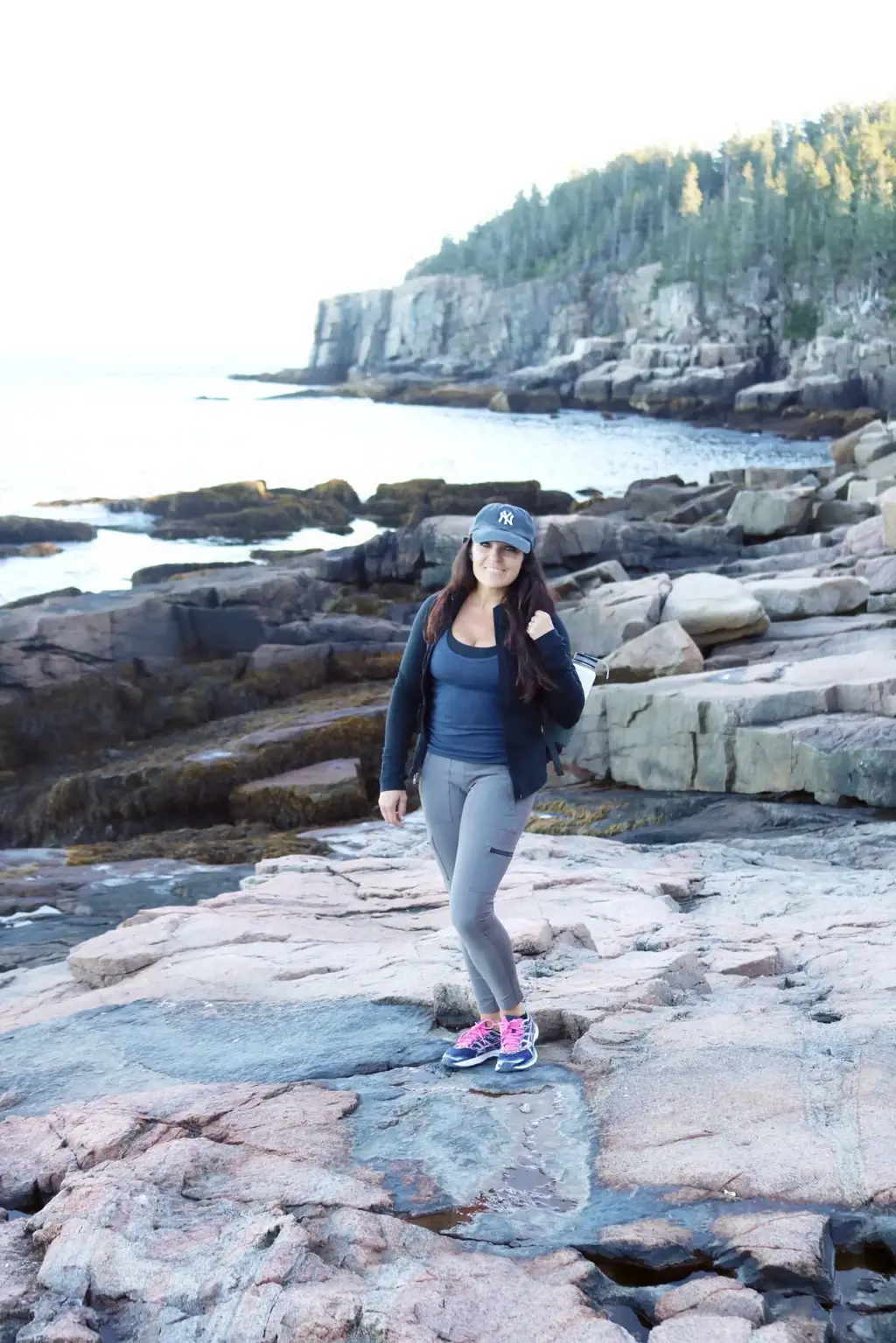
Acadia National Park, located on Mount Desert Island in Maine, is a popular destination for outdoor enthusiasts. With its diverse range of activities, from hiking and kayaking to rock climbing and wildlife spotting, it's important to come prepared with the right gear and equipment. Here are some recommendations for specific outdoor activities you can enjoy in Acadia National Park:
Hiking:
Acadia National Park offers a variety of hiking trails suitable for all skill levels. To make the most of your hiking experience, it's important to have the right gear. Sturdy and comfortable hiking boots are essential, as the trails can be rocky and uneven. Wearing moisture-wicking socks will help keep your feet dry and prevent blisters. Additionally, it's recommended to carry a daypack with essentials such as a map, compass, water bottle, snacks, sunscreen, bug spray, and a first aid kit.
Kayaking:
Exploring Acadia's coastline by kayak is a popular activity, allowing you to discover hidden coves, cliffs, and wildlife. For kayaking, it's important to have a sturdy and stable kayak with proper safety equipment, such as a lifejacket or personal flotation device (PFD). It's also a good idea to bring a dry bag to keep your belongings safe from water splashes. Don't forget to also carry a paddle, sunscreen, water, and a waterproof map or navigation device.
Rock Climbing:
Acadia National Park offers a variety of rock climbing routes suitable for both beginners and experienced climbers. If you're planning on rock climbing, it's important to have the right equipment and knowledge. Climbing shoes provide better traction on the rocks, and a climbing harness and helmet are essential for safety. It's also recommended to carry a chalk bag to keep your hands dry and improve grip. If you're a beginner, it's advisable to climb with a guide or take a course to learn the necessary techniques and safety precautions.
Wildlife Spotting:
Acadia National Park is known for its diverse wildlife, including white-tailed deer, red foxes, and various bird species. To enhance your wildlife spotting experience, it's recommended to bring a pair of binoculars or a spotting scope. These will allow you to observe animals from a safe distance without disturbing them. Additionally, having a field guide or a smartphone app with information about local wildlife can help you identify different species and learn more about their behavior.
Camping:
Camping is a popular option for overnight stays in Acadia National Park. If you're planning on camping, make sure to have a reliable and durable tent that can withstand the weather conditions in the park. A warm sleeping bag and sleeping pad are essential to ensure a comfortable night's sleep. It's also important to have cooking equipment, such as a camping stove, cookware, and utensils, as open fires are generally not permitted in the park. Don't forget to bring food, water, and bear-resistant containers to keep your supplies safe from wildlife.
In conclusion, Acadia National Park offers a wide range of outdoor activities for all interests and skill levels. To make the most of your experience, it's important to come prepared with the right gear and equipment. Whether you're hiking, kayaking, rock climbing, wildlife spotting, or camping, having the appropriate gear will ensure your safety and enhance your enjoyment of the park. So pack your bags, grab your gear, and get ready to explore the beauty of Acadia National Park.
What Are the Acceptable Colors to Wear for Backpacks?
You may want to see also

What type of insect repellent is recommended for dealing with bugs and mosquitos in Acadia during August?
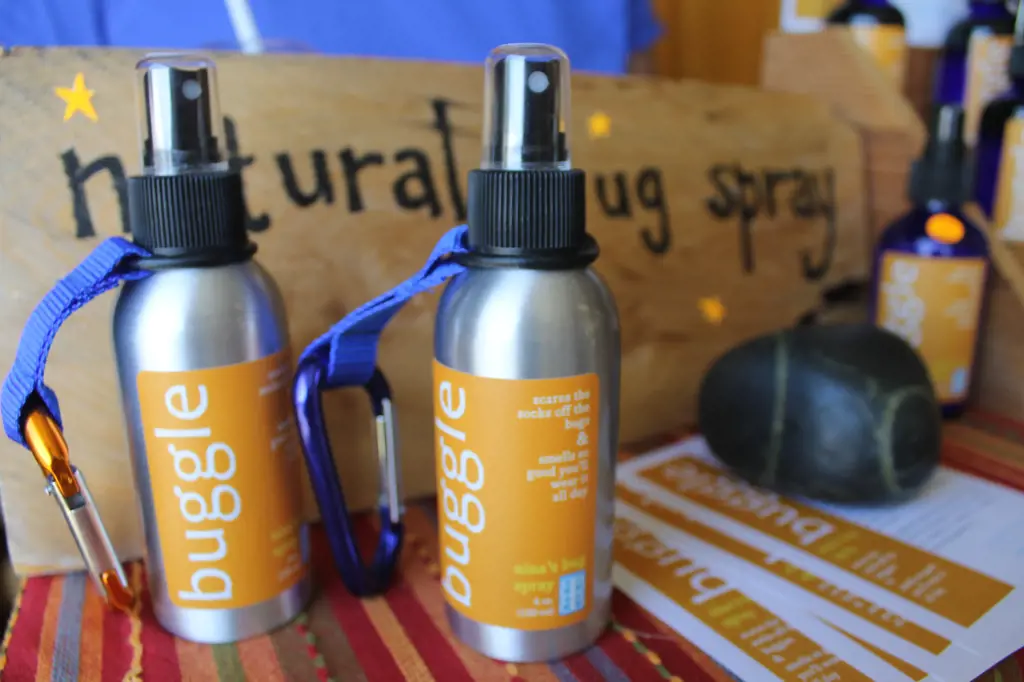
When visiting Acadia National Park in August, it's important to be prepared for dealing with bugs and mosquitos. The park is home to a diverse range of insects, including mosquitos, black flies, and ticks, which can potentially ruin your outdoor experience if you're not adequately protected. In this article, we will explore the best type of insect repellent recommended for tackling bugs and mosquitos in Acadia during August.
Choosing the right repellent:
When it comes to insect repellents, you have several options to consider. The most common types of repellents available are those containing DEET, Picaridin, or natural ingredients such as oil of lemon eucalyptus (OLE). Each of these repellents has its own advantages and disadvantages, so it's important to choose the one that best suits your needs and preferences.
DEET-based repellents:
DEET is one of the most effective and commonly used ingredients in bug sprays. It provides powerful protection against mosquitos, ticks, and other biting insects. Repellents containing DEET are generally effective for longer durations and can be used on children and adults alike. However, it is important to follow the instructions on the label and avoid applying it to broken or irritated skin.
Picaridin-based repellents:
Picaridin is another effective ingredient commonly found in insect repellents. It provides protection against a wide range of insects, including mosquitos and ticks, without the strong odor associated with DEET. Picaridin-based repellents are also less likely to cause skin irritation and can be used on children as young as six months old.
Natural repellents:
If you prefer to use natural alternatives, oil of lemon eucalyptus (OLE) is a great option. OLE is derived from the lemon eucalyptus tree and has been proven effective in repelling mosquitos and other insects. However, it's important to note that OLE-based repellents may not provide the same level of protection as DEET or Picaridin, and they may need to be reapplied more frequently.
Application tips:
Once you have chosen the type of insect repellent that suits your needs, proper application is key to ensuring its effectiveness. It is recommended to apply the repellent to exposed skin and clothing, following the instructions on the label. Be sure to avoid applying it to your face and instead use a separate repellent specifically designed for facial use. It's also essential to reapply the repellent according to the recommended frequency, especially if you're sweating or swimming.
Additional precautions:
While insect repellents can provide effective protection against bugs and mosquitos, it's important to take additional precautions as well. Wearing light-colored clothing, long sleeves, and pants can help reduce the likelihood of bites. Tucking pants into socks and wearing closed-toe shoes can also prevent ticks from latching onto your skin. Additionally, consider camping in areas with good airflow and using mosquito nets around your sleeping area.
In conclusion, when visiting Acadia National Park in August, it's crucial to choose the right type of insect repellent to protect yourself from bugs and mosquitos. Whether you prefer DEET, Picaridin, or natural alternatives like OLE, make sure to follow the instructions for proper application and reapplication. By taking these precautions and implementing additional measures, you can enjoy your time in Acadia without the constant annoyance of biting insects.
Essential Items to Pack for a C-Section Delivery
You may want to see also

Are there any specific items or supplies that are recommended for camping in Acadia in August?
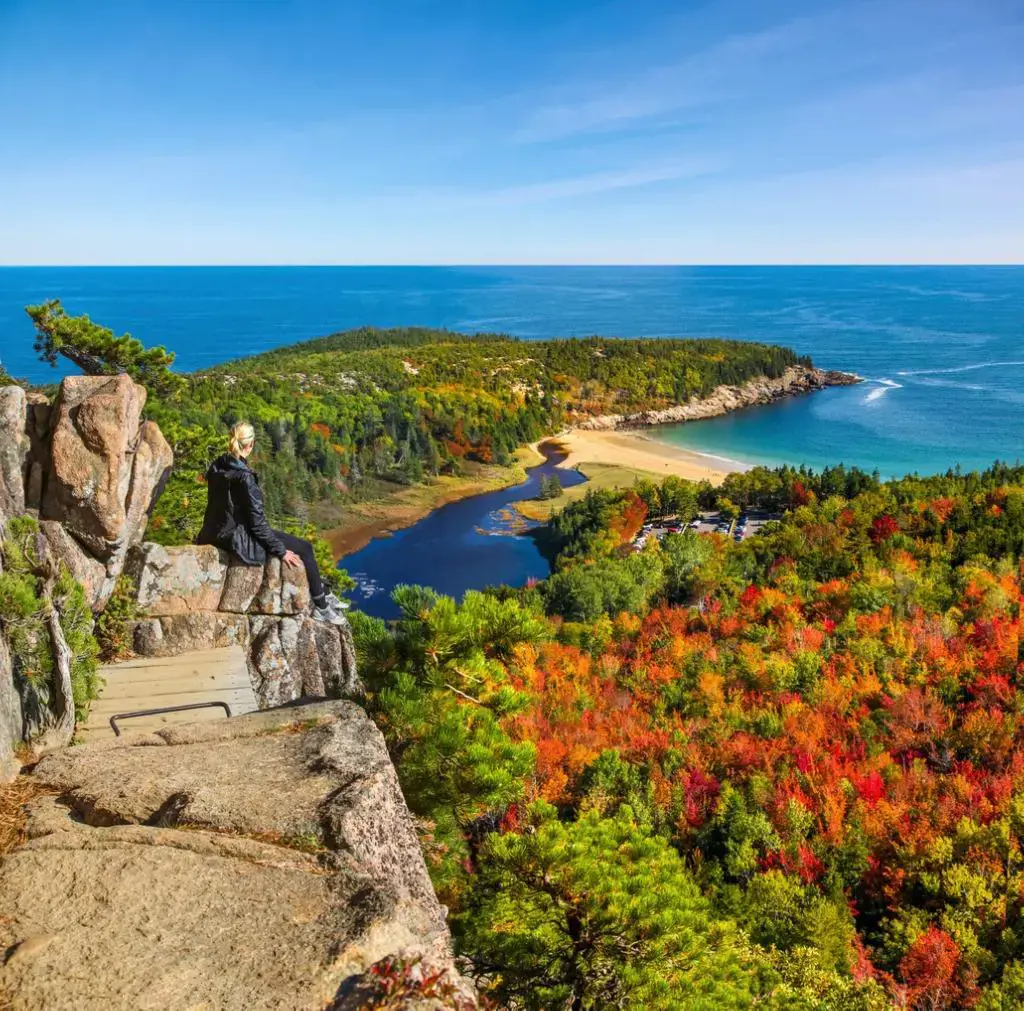
If you're planning a camping trip to Acadia National Park in August, there are a few specific items and supplies that are recommended to ensure you have a comfortable and enjoyable experience.
First and foremost, it's essential to have a high-quality tent. August in Acadia can bring unpredictable weather, including rain showers and even the occasional thunderstorm. Therefore, it's important to choose a tent that is durable, waterproof, and has adequate space for your needs. Look for a tent with a rainfly, as this will provide an extra layer of protection against the elements.
Another essential item for camping in August is a sleeping bag suitable for the cooler temperatures that can occur during the nighttime. Even though August is generally a warm month in Acadia, temperatures can drop significantly at night, especially in higher elevations. Look for a sleeping bag with a temperature rating that matches the expected nighttime lows during your trip.
A sleeping pad or inflatable mattress is also recommended for added comfort and insulation while sleeping. This will help to provide a barrier between you and the cold ground, ensuring a more restful night's sleep.
In terms of clothing, it's important to pack both warm and lightweight layers. During the day, temperatures can be warm, so pack breathable and moisture-wicking clothing. However, as night falls, temperatures can drop, so it's essential to have a warm jacket or fleece to layer with. It's also a good idea to pack a waterproof jacket in case of rain.
Bug repellent is another essential item to bring with you to Acadia in August. Mosquitoes and other biting insects can be quite prevalent during this time of year. Look for a repellent that contains DEET or another effective ingredient to ensure protection from bugs.
Additionally, it's important to bring plenty of sunscreen and a hat to protect yourself from the sun's rays. The sun can be intense during the summer months, and spending time outdoors without proper protection can lead to sunburn and other skin damage.
Other recommended supplies for camping in Acadia in August include a camping stove or grill for cooking meals, a first aid kit for any minor injuries or illnesses, a water filter or purification tablets for drinking water, and a headlamp or flashlight for navigating at night.
It's always a good idea to check the specific regulations and recommendations for camping in Acadia National Park before your trip. The park's website is a great resource for up-to-date information on camping rules and regulations.
In conclusion, if you're planning a camping trip to Acadia National Park in August, it's important to come prepared with the appropriate items and supplies. This includes a high-quality tent, a sleeping bag suitable for cooler temperatures, a sleeping pad or inflatable mattress, warm and lightweight clothing, bug repellent, sunscreen, and other essential camping supplies. By packing these items, you'll be well-prepared for a comfortable and enjoyable camping experience in Acadia.
Essential Items for Building an Earthquake Kit: A Comprehensive Guide
You may want to see also
Frequently asked questions
In August, the weather in Acadia National Park can be quite variable, so it is important to pack clothing for all types of weather. Be sure to bring lightweight, breathable clothing for hot days, such as shorts, t-shirts, and tank tops. It is also a good idea to pack a light jacket or sweater for cooler evenings and early mornings. Additionally, be prepared for rain by bringing a waterproof jacket or poncho.
In Acadia National Park, there are many beautiful hiking trails to explore. It is important to have sturdy and comfortable footwear for hiking. Be sure to pack a pair of hiking boots or trail shoes with good traction to navigate the rocky terrain. Additionally, it might be a good idea to pack a pair of water shoes if you plan on exploring any of the park's beaches or swimming areas.
Depending on the activities you plan on doing, there may be some special gear you'll want to pack. If you plan on doing any water activities, such as kayaking or paddleboarding, you may want to bring your own gear or check if rentals are available nearby. If you plan on biking in the park, bring your own bike or check for rental options. Don't forget to pack a daypack for carrying water, snacks, and any other essentials while exploring the park.
Insect repellent is a must-have when visiting Acadia National Park in August. The park is known for its mosquitos and black flies, so it is important to protect yourself from these pesky insects. Choose an insect repellent with a high percentage of DEET or Picaridin for the best protection. Make sure to apply insect repellent before heading out for any outdoor activities.
In addition to clothing, footwear, gear, and insect repellent, there are a few other essentials you'll want to pack for your visit to Acadia National Park in August. Don't forget to bring sunscreen to protect your skin from the sun's harmful rays. It is also a good idea to pack a hat, sunglasses, and a reusable water bottle to stay hydrated while exploring. Lastly, bring a camera to capture the stunning scenery and wildlife you may encounter during your visit.






